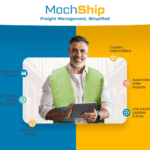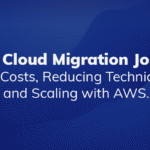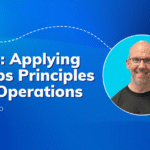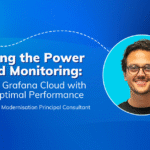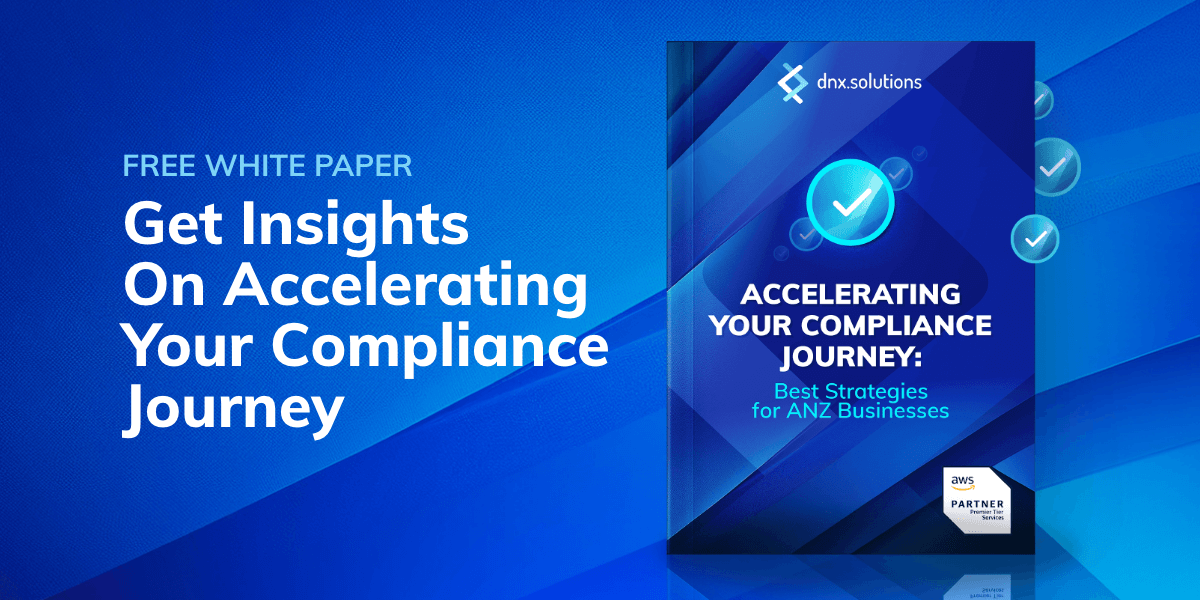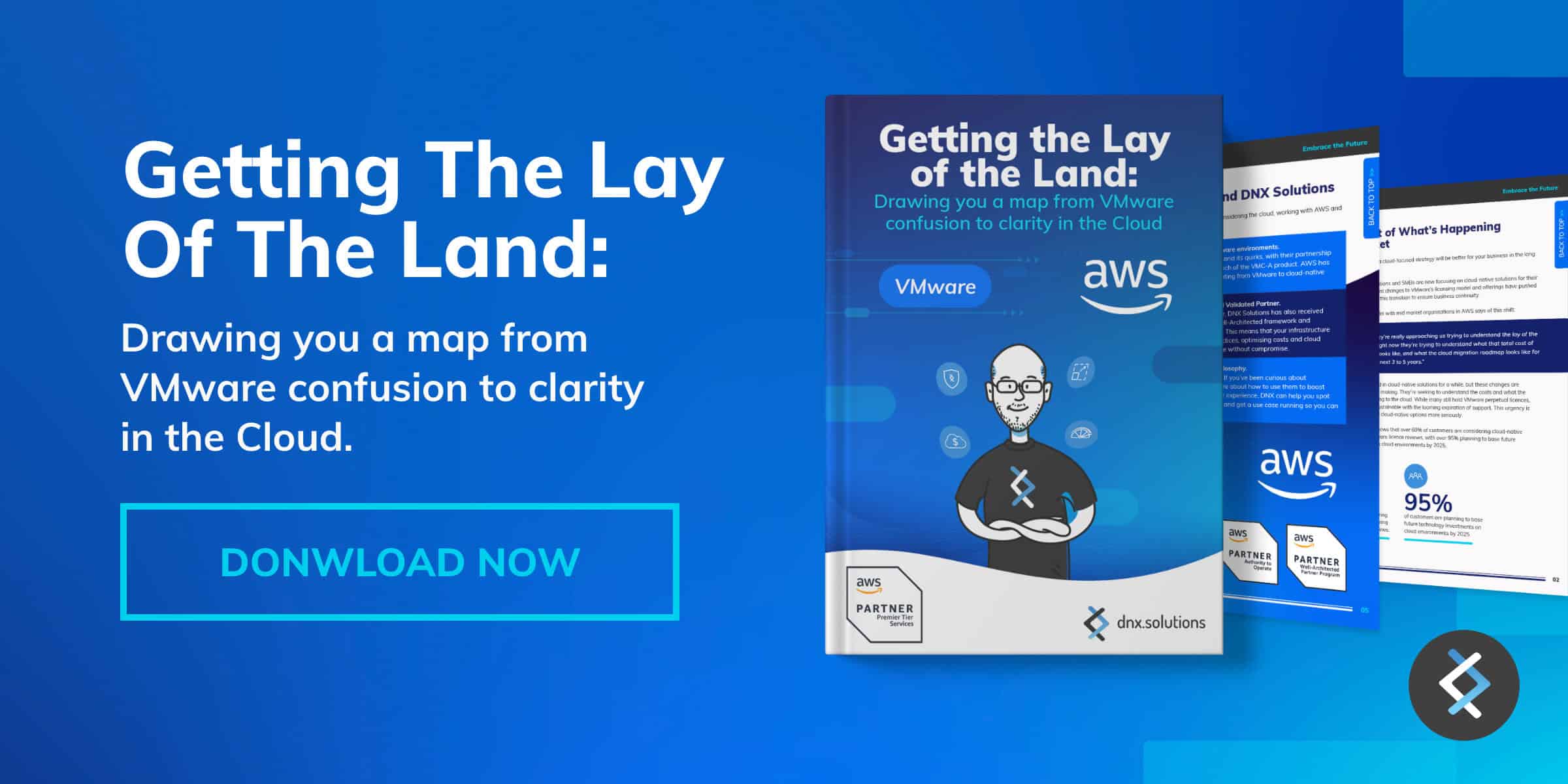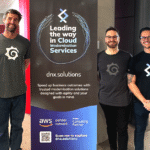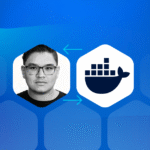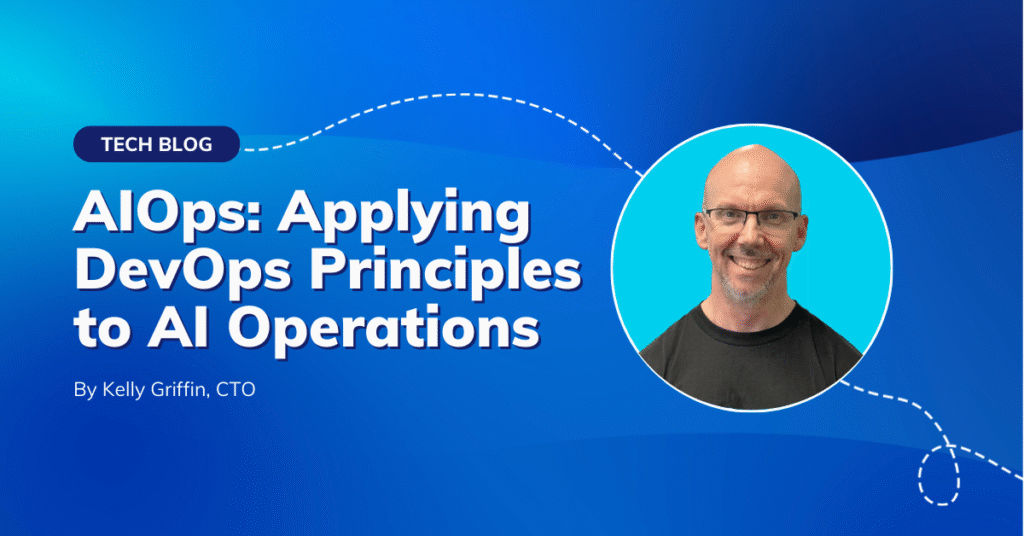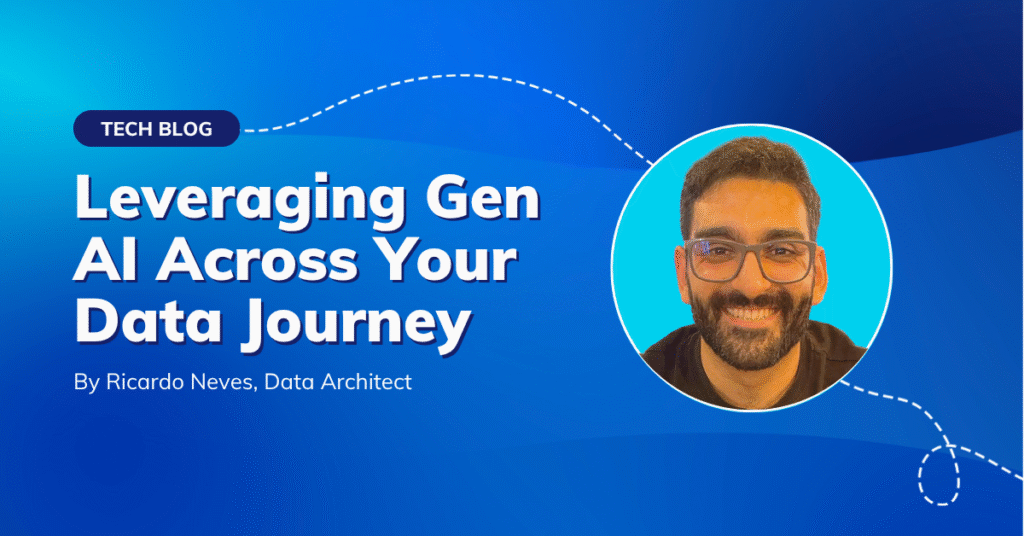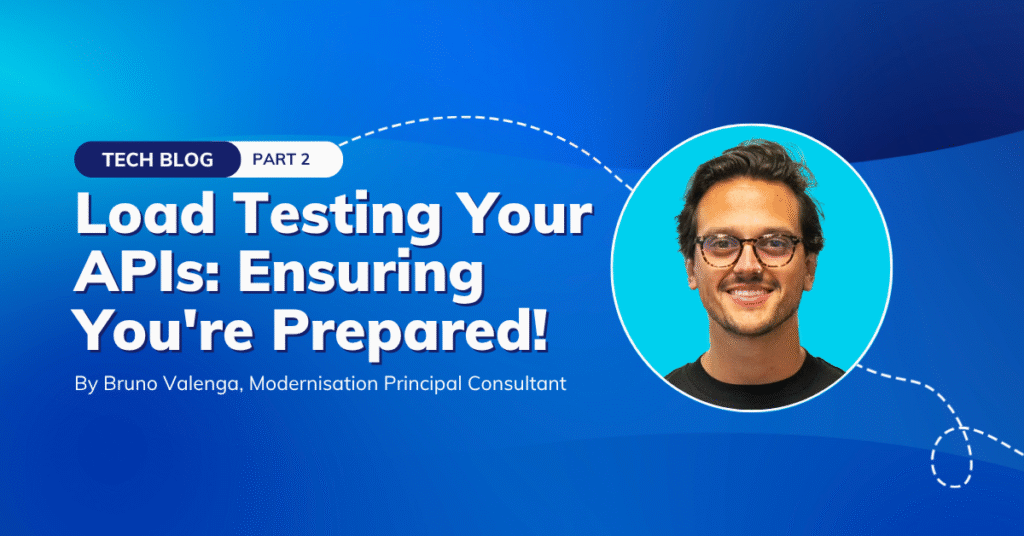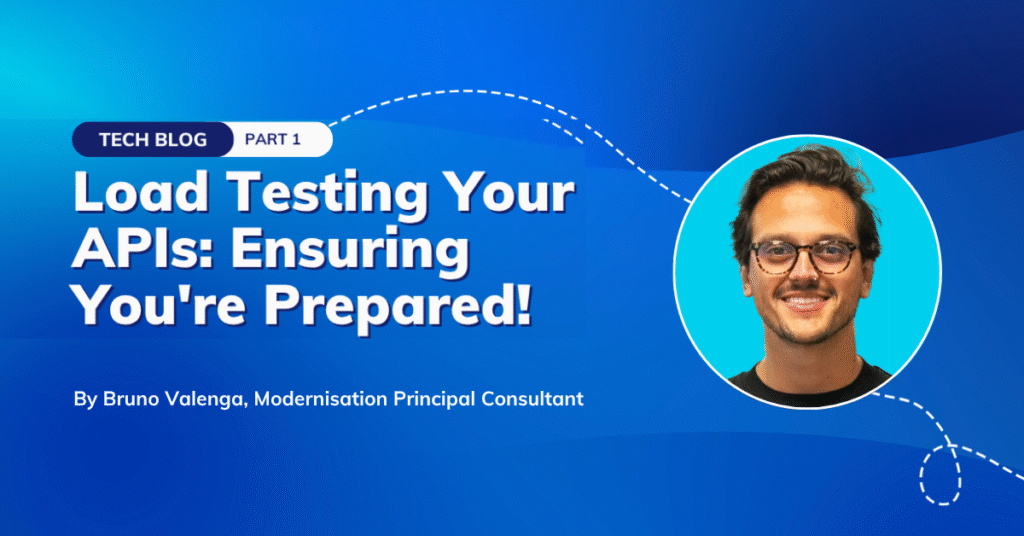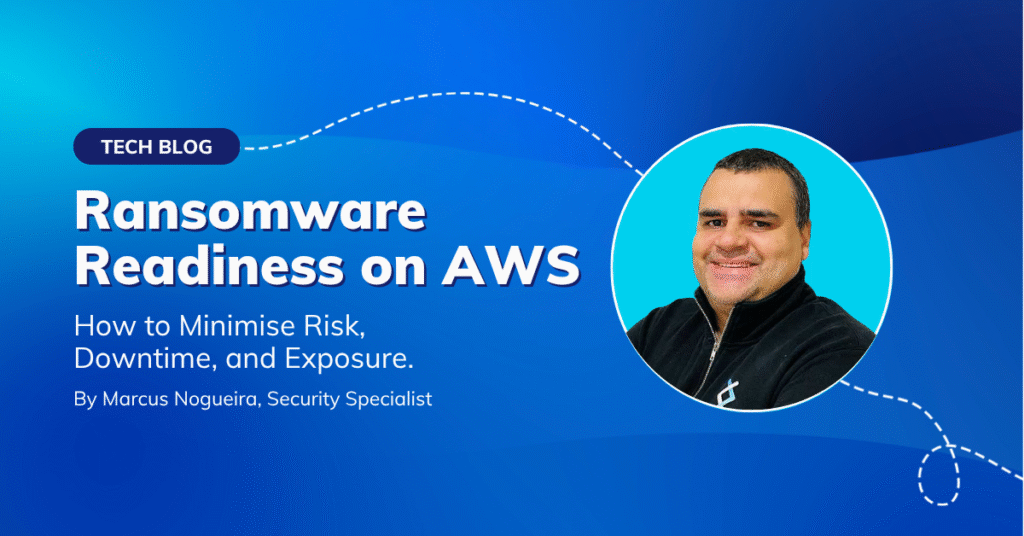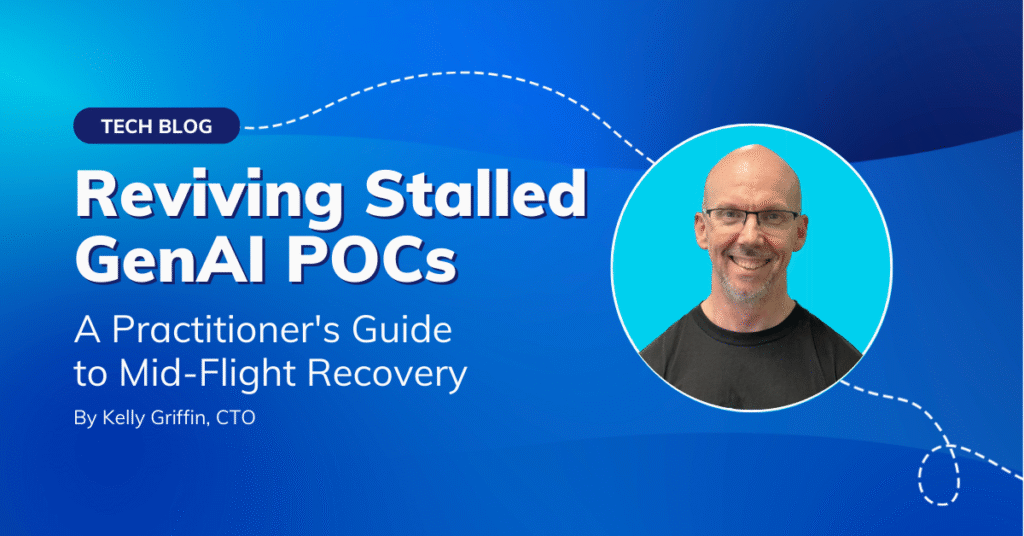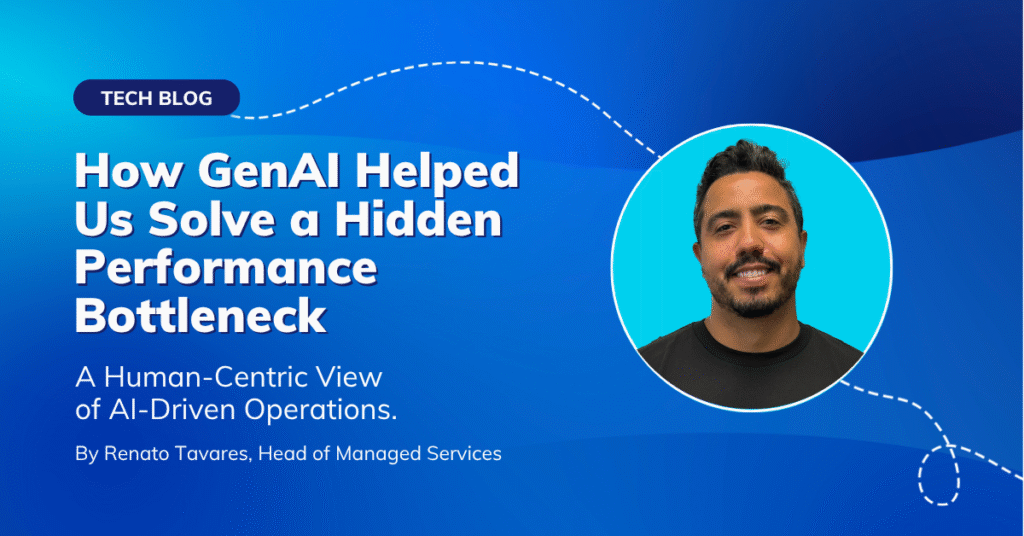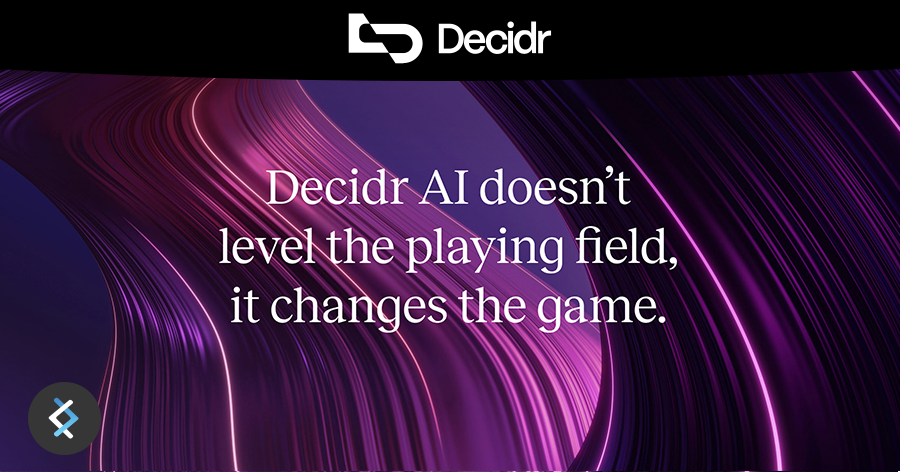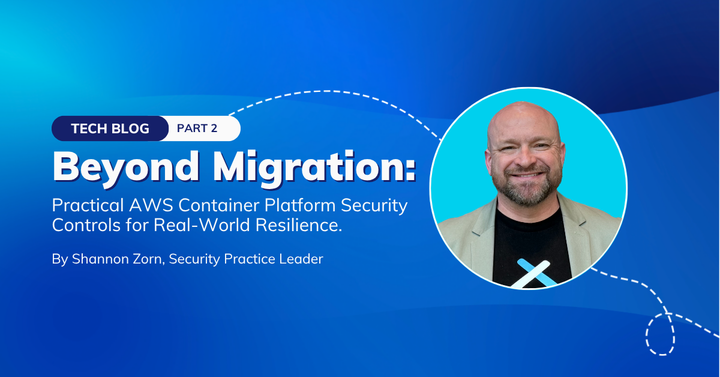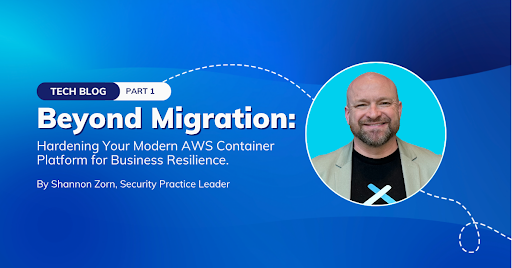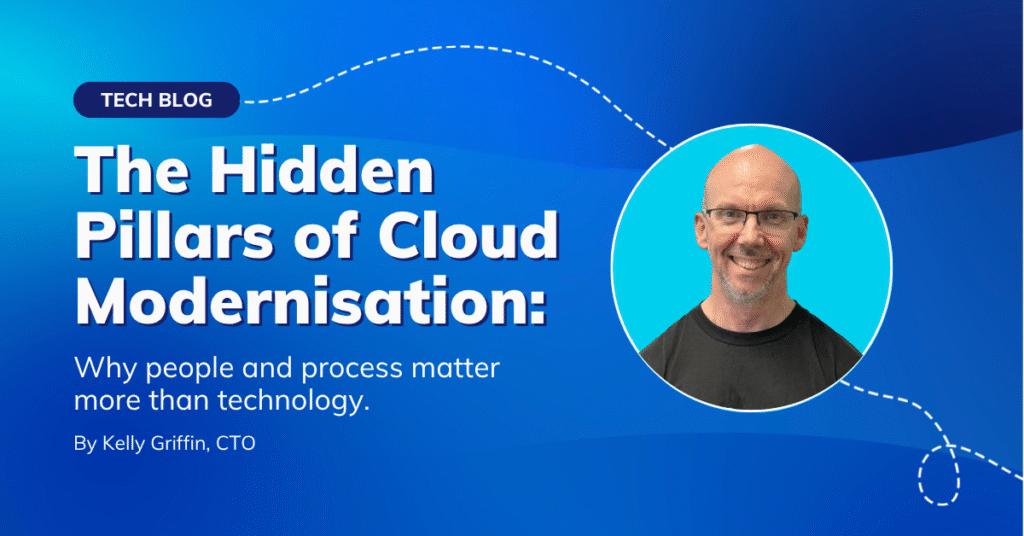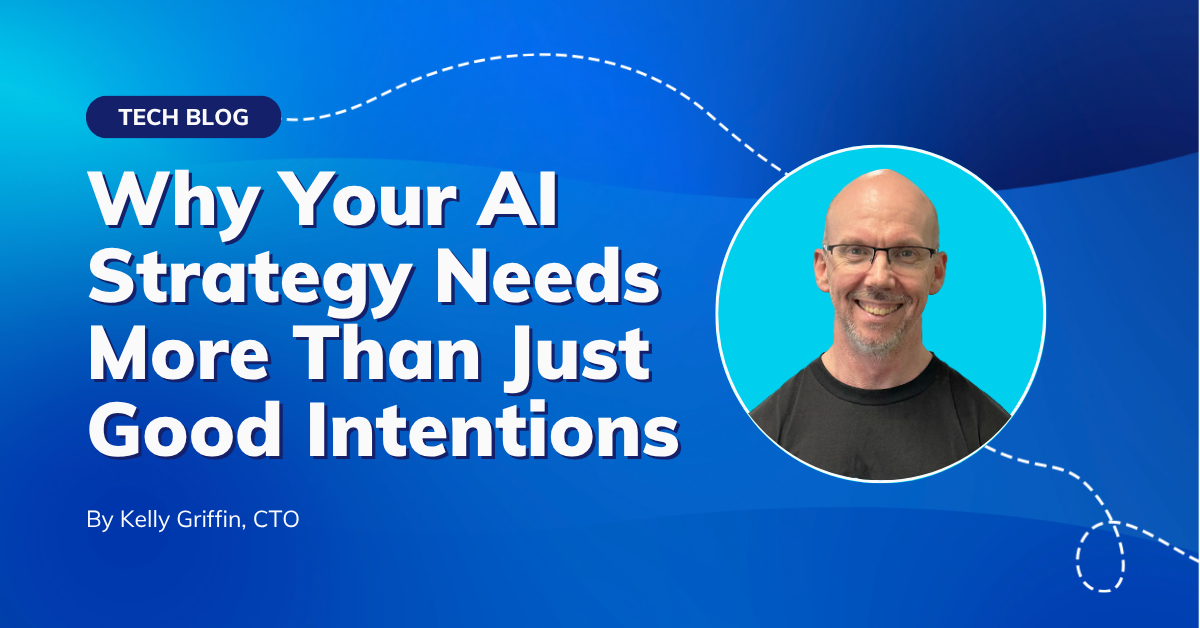
Let’s be honest: every executive I meet these days has AI on their mind. And for good reason. Amazon just announced it’s investing AU$20 billion into cloud infrastructure in Australia over the next seven years. That’s not just a big tech headline; it’s a signal that AI and cloud aren’t going anywhere. They’re the foundation for how the next wave of business innovation will be built.
But here’s what I’ve noticed: while the infrastructure is scaling fast, most organisations are still figuring out what their actual AI strategy is. Too many are approaching it like they’re throwing spaghetti at the wall to see what sticks. Sound familiar?
I’ve seen companies jump headfirst into AI projects without asking the basic questions: What exactly are we trying to solve? Are we even ready?
That’s where two game-changing frameworks come in, the AI Canvas and the AI Capability Maturity Model. Trust me, these aren’t just fancy consultant tools. They’re practical lifelines that can save you from expensive AI mistakes I’ve watched organisations make over and over again. That’s where the AI strategy comes into action.
The AI Canvas: Your Reality Check Before You Invest
Think of the AI Canvas as the evolved cousin of the Business Model Canvas, but with a much-needed dose of AI reality. I love this framework because it forces you to have the uncomfortable conversations early. You know, those moments when your data scientist starts talking about “training data quality” and your CEO’s eyes glaze over? The AI Canvas gets everyone speaking the same language.
Here’s what I’ve learned from watching teams use this tool: it’s not just about mapping out your AI project, it’s about figuring out if you should even do the project in the first place. The canvas makes you answer the hard questions upfront. Where’s your data coming from? Is it actually any good? What happens when your shiny new AI system gets something wrong? Who’s making the final decisions, humans or machines?
What I find most valuable is how the canvas exposes those hidden gotchas that kill AI projects. I’ve seen organisations spend months building models only to discover they don’t have the right data infrastructure, or worse, their company culture isn’t ready for AI-driven decisions. The AI Canvas surfaces these landmines before you step on them, not after you’ve already invested six figures and your reputation.
Know Where You Stand: The AI Maturity Reality Check
Now, here’s where things get interesting. While the AI Canvas helps you plan your next move, the AI Capability Maturity Model tells you brutally honestly where you actually are right now. And trust me, most organisations think they’re further along than they really are.
I like to break this down simply. Most companies I work with fall into one of these buckets:
- Ad Hoc (Level 1): You’re experimenting with AI tools but there’s no real strategy. Maybe someone’s playing with ChatGPT for marketing copy, or your IT team is testing some automation, but it’s all disconnected.
- Developing (Level 2): You’ve got buy-in from leadership and you’re running actual AI projects. But each one feels like starting from scratch.
- Mature (Level 3): Now we’re talking. You have coordinated AI initiatives, proper governance, and your projects actually talk to each other.
- Leading (Level 4): AI isn’t just something you do, it’s how you compete. It’s baked into your business model and driving real innovation.
What’s fascinating is watching companies discover they’re not where they thought they were. I’ve had Executives tell me they’re “mature” because they have a few successful AI projects, only to realise they’re missing fundamental pieces like data governance or change management processes.
The Real Work: Making These Frameworks Actually Work for You
Here’s where the rubber meets the road. I’ve seen too many organisations download these frameworks, fill them out in a workshop, then file them away never to be seen again. Don’t be that company.
The magic happens when you use these tools as living documents, not one-time exercises. Start with an honest assessment, and I mean brutally honest. Get your team together and really examine where your AI capabilities stand across data, technology, people, and governance. No sugar-coating allowed.
Then build your roadmap, but make it realistic. I always tell my clients: aim for progress, not perfection. Maybe you can’t jump from Level 1 to Level 4 overnight, but you can identify the specific gaps holding you back and tackle them systematically.
What I love about combining these frameworks is how they complement each other. The AI Canvas keeps you focused on business value and prevents you from building cool technology nobody wants. The maturity model keeps you grounded in reality and ensures you’re building sustainable capabilities, not just one-off projects.
The Bottom Line: Strategy Before Hype
Look, AI is transformative, It’s going to revolutionise businesses. But I’ve also seen it waste enormous amounts of time, money, and credibility when organisations rush in without proper strategy. These frameworks aren’t just nice-to-have academic exercises. They’re practical tools that can save you from becoming another AI failure story.
My advice? Start with where you are, not where you want to be. Use these frameworks to build a strategy that actually fits your organisation’s reality. And remember, AI maturity isn’t a destination, it’s a journey. The organisations winning with AI are the ones that treat it as an ongoing capability to develop, not a technology project to complete. Besides that, AI is changing rapidly, go along for the journey.
The future belongs to companies that approach AI strategically, not frantically. These frameworks can help you be one of them.
Ready for AI? Make Sure the Foundations Are Too
Before you invest in AI projects, make sure your data, people, and tech are actually ready. If you’re not sure where to start, let’s have a conversation.

